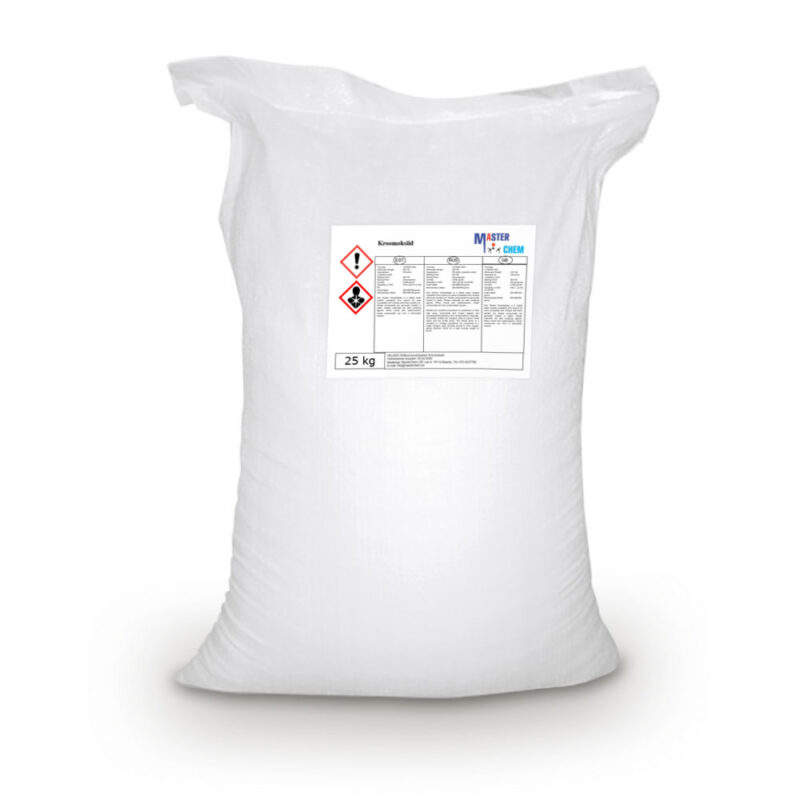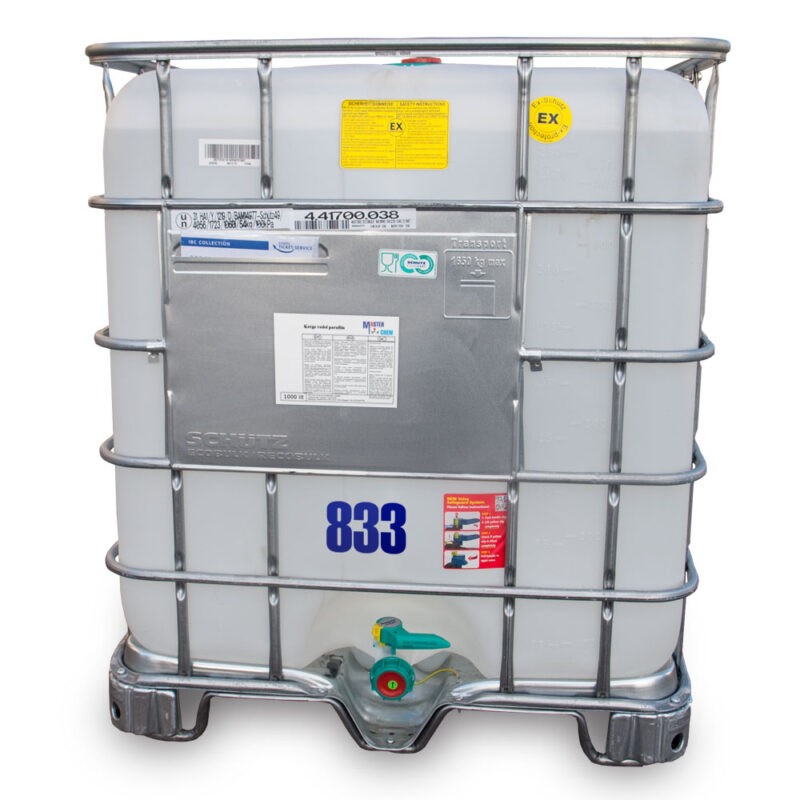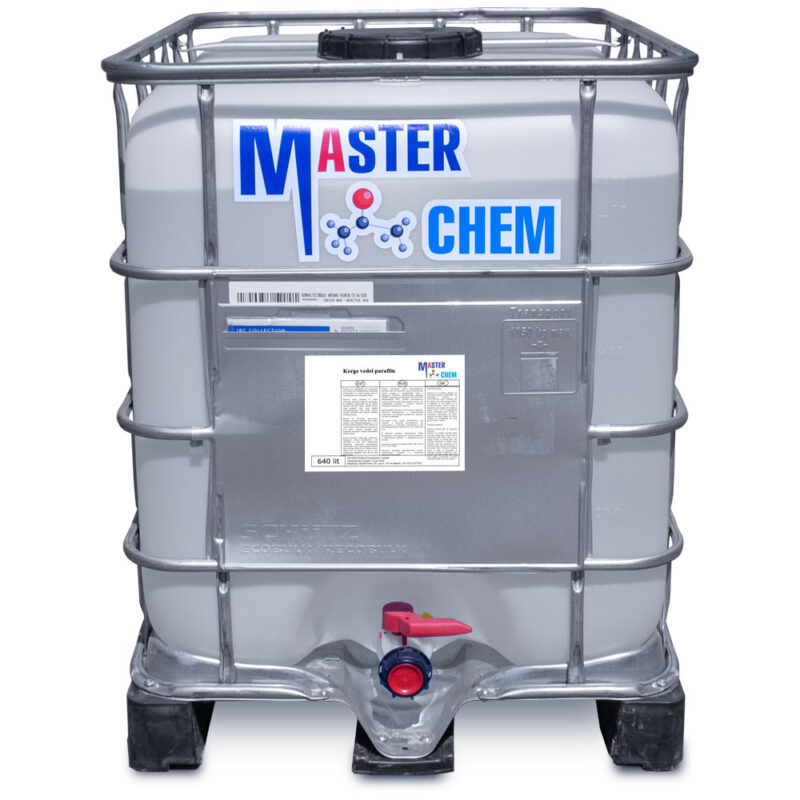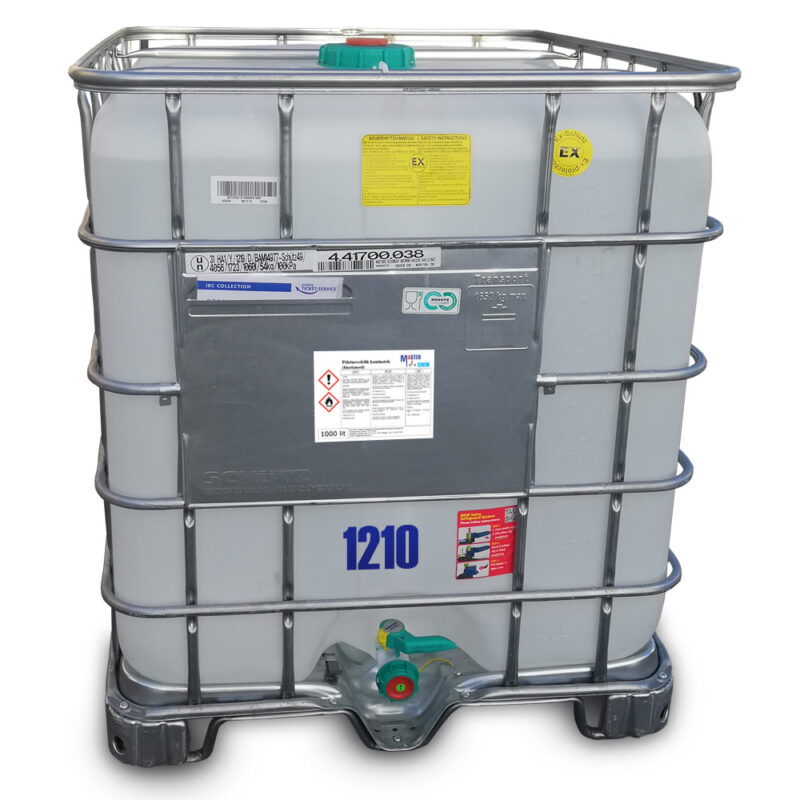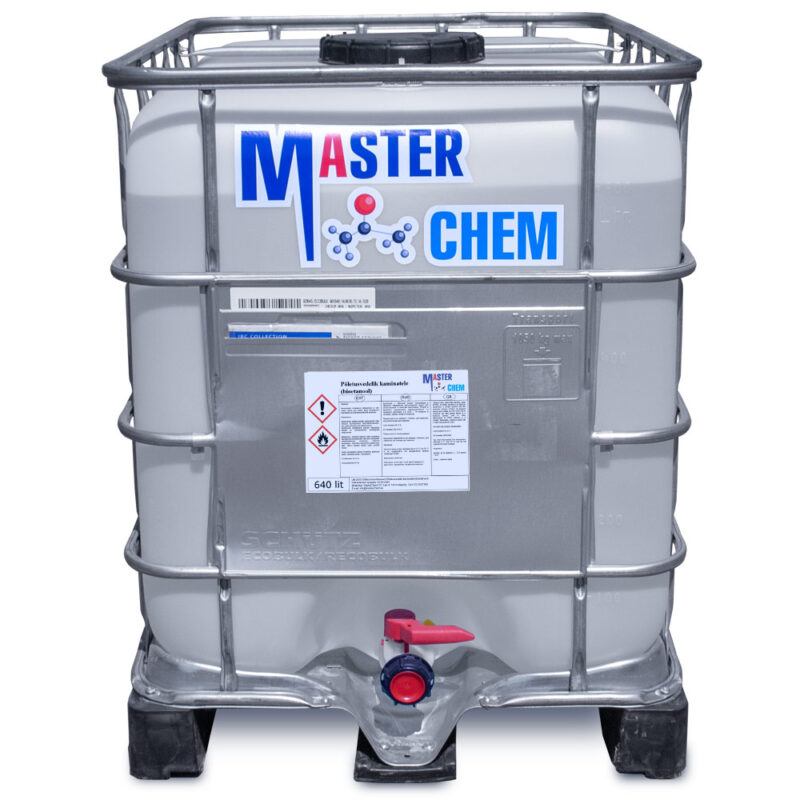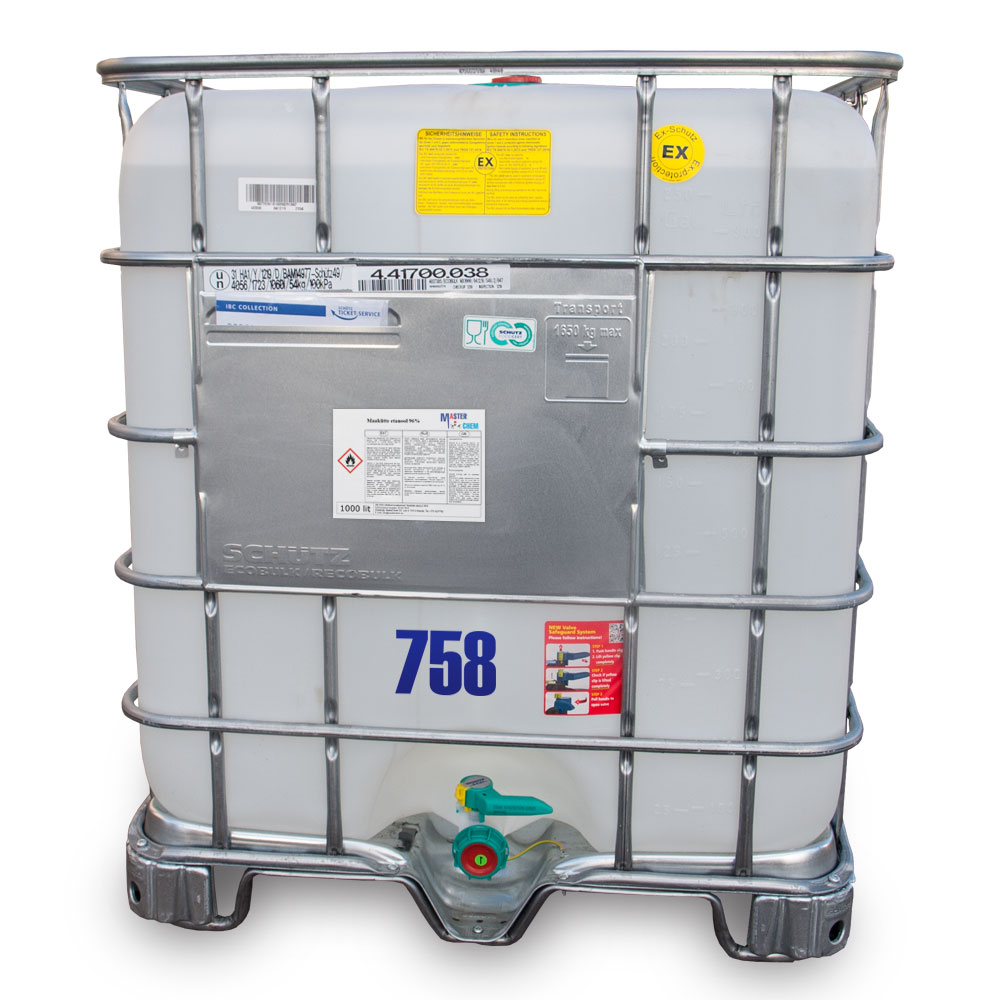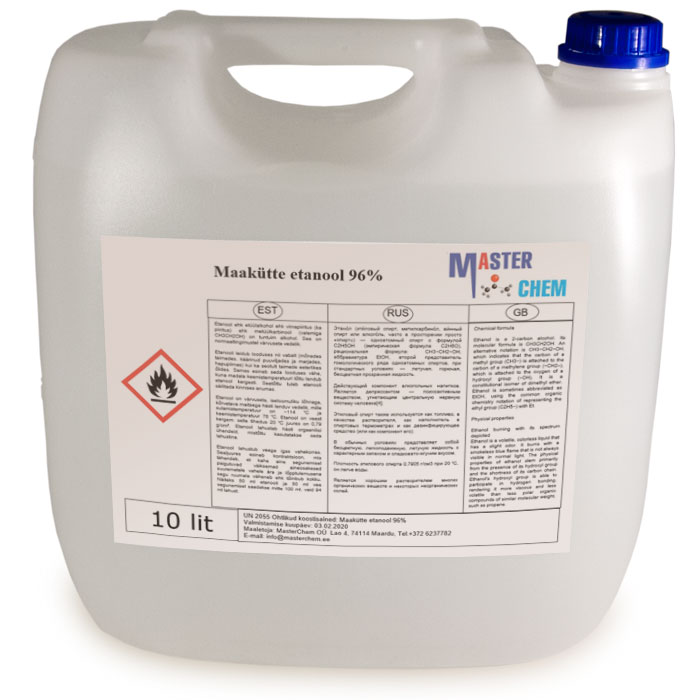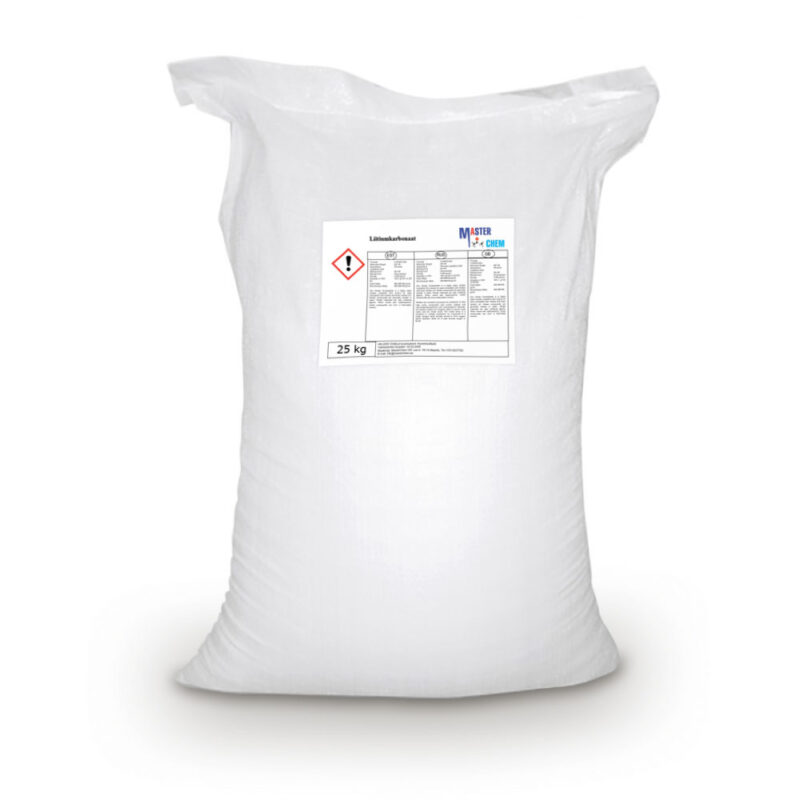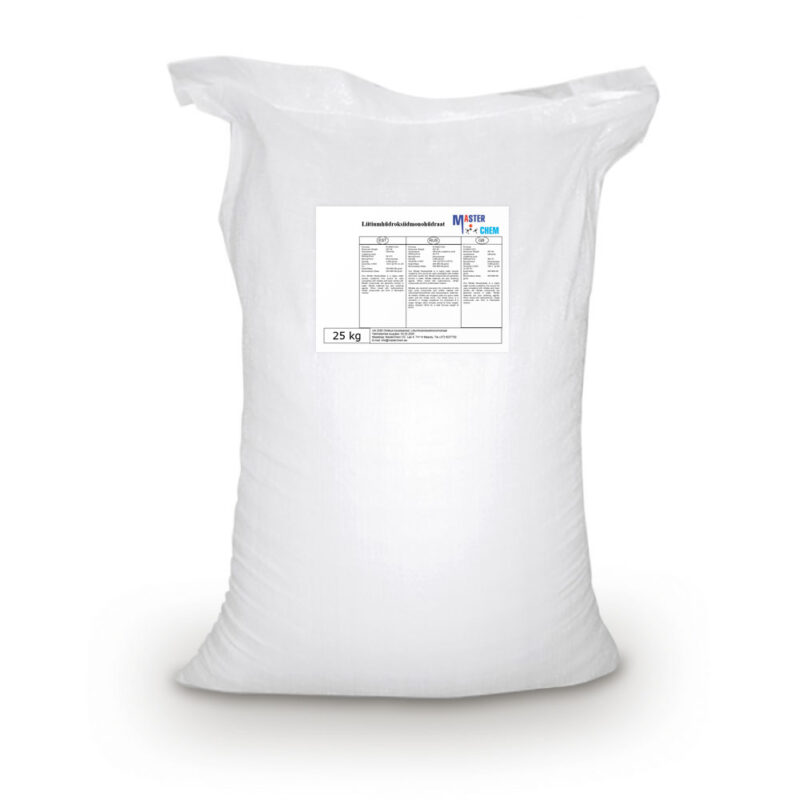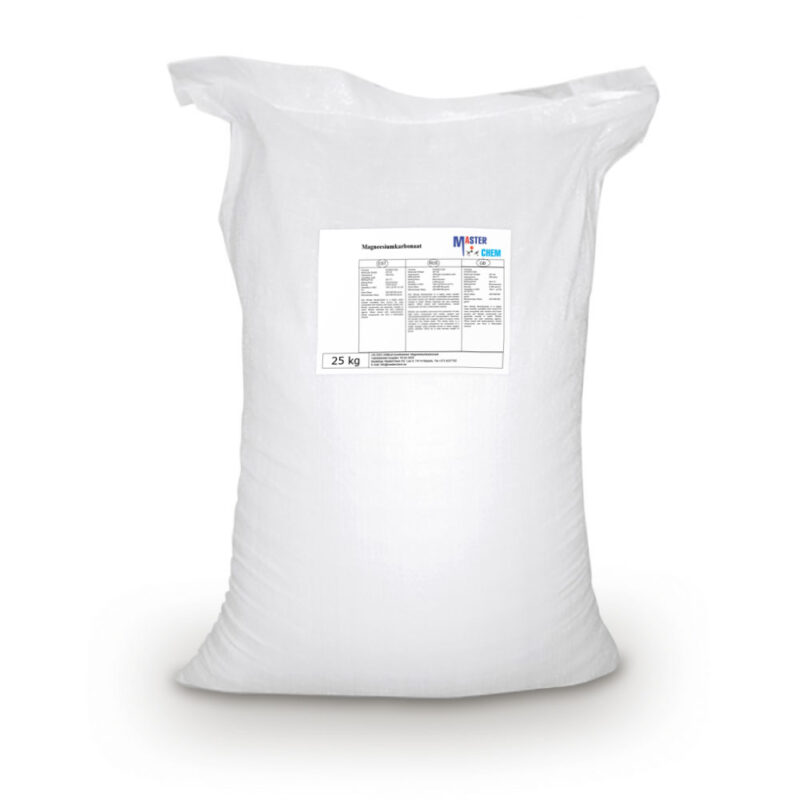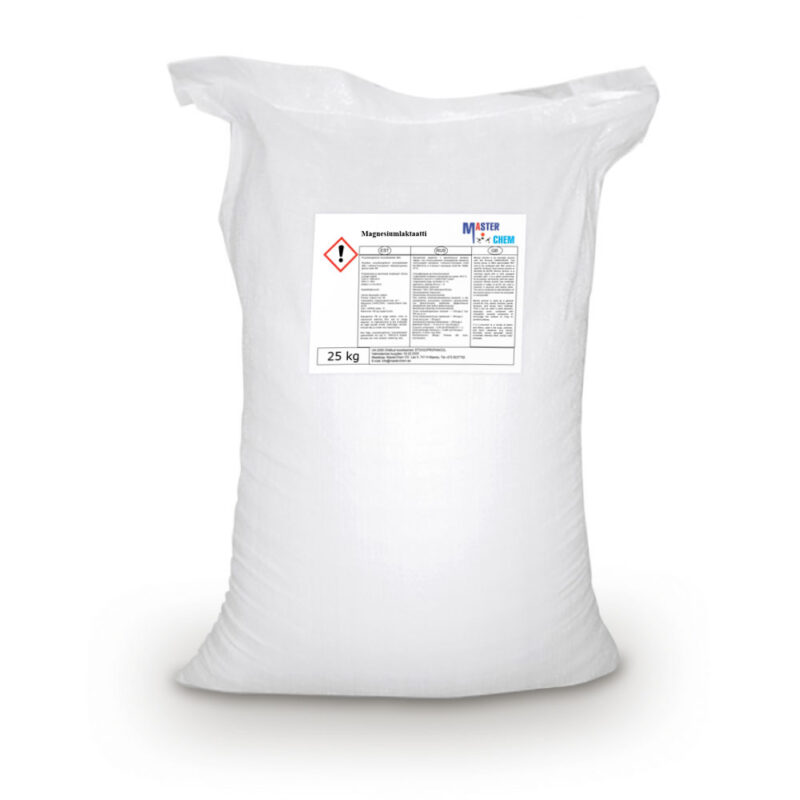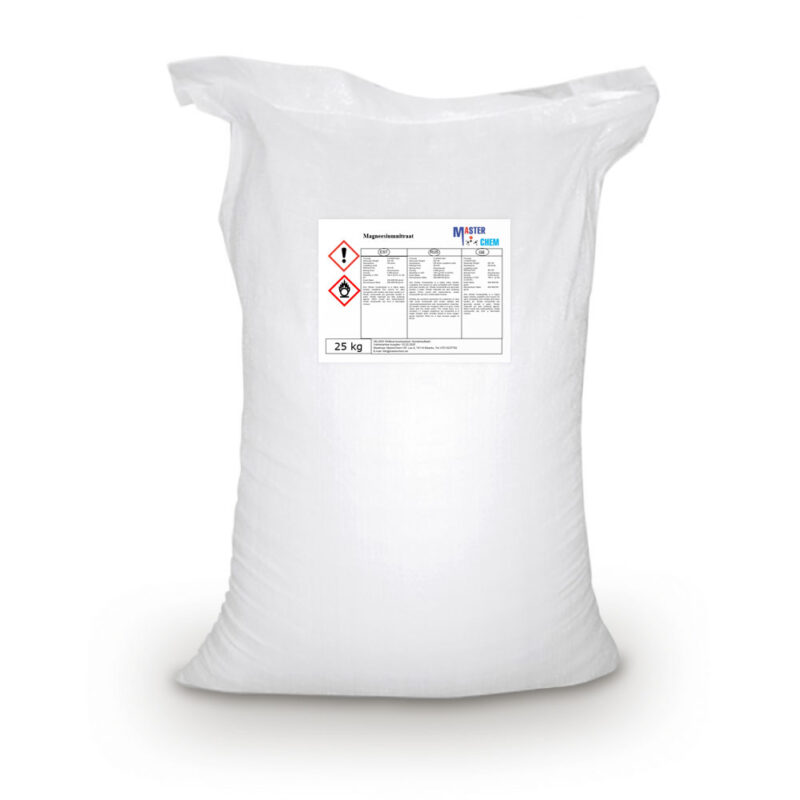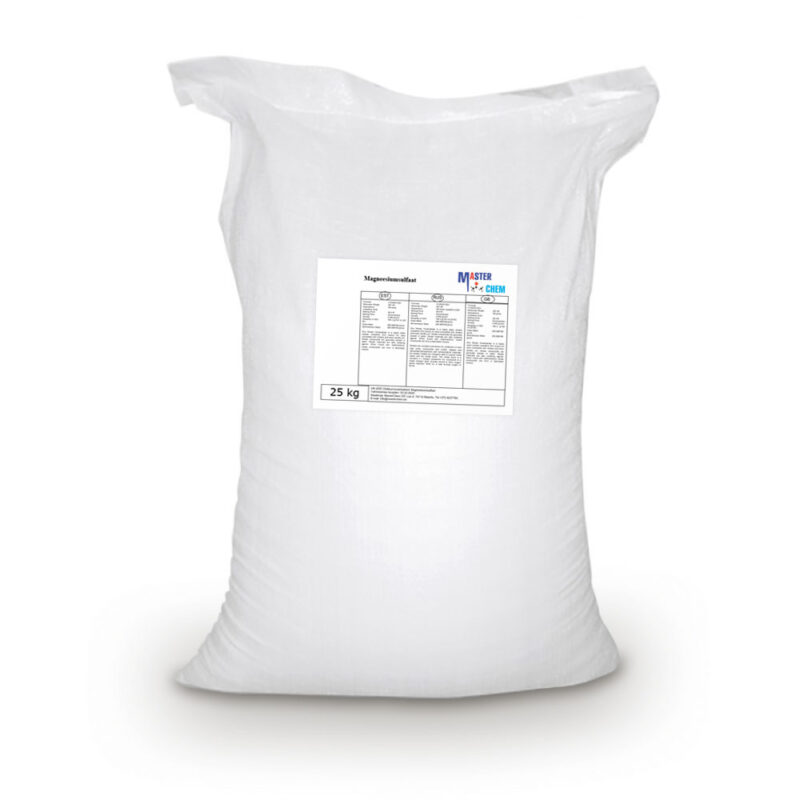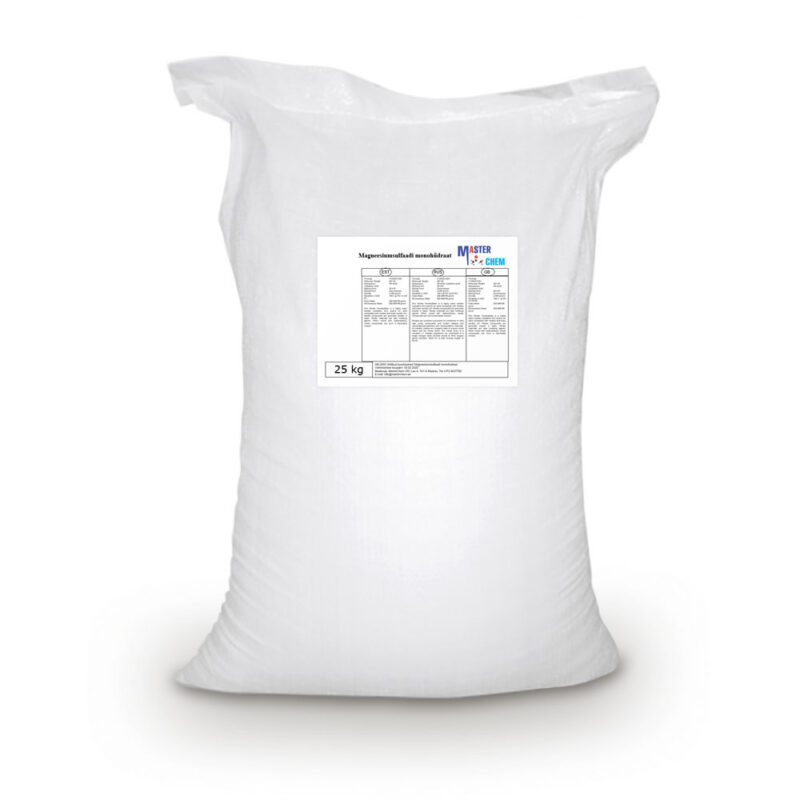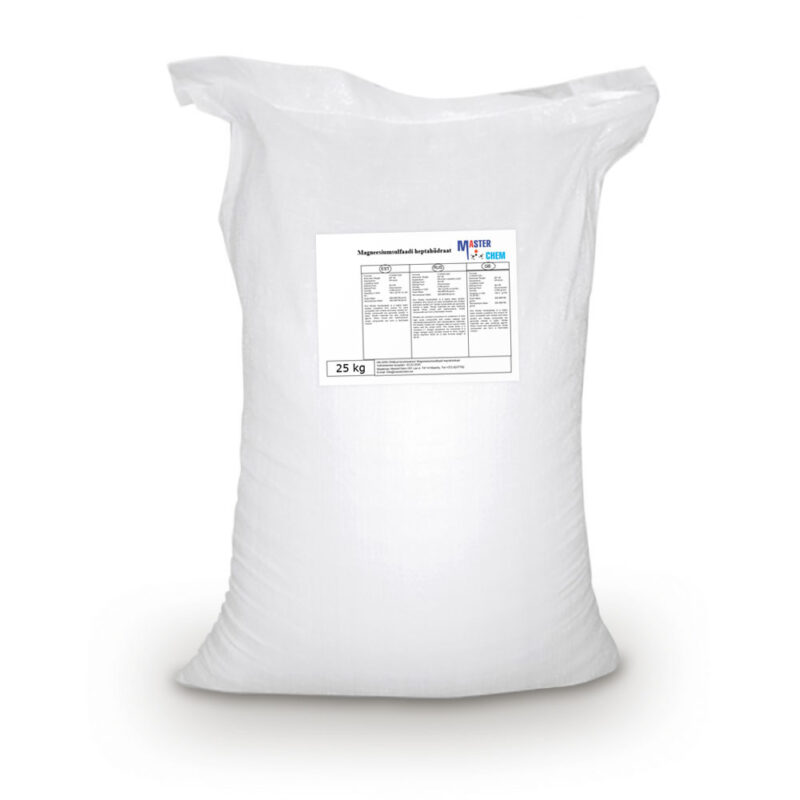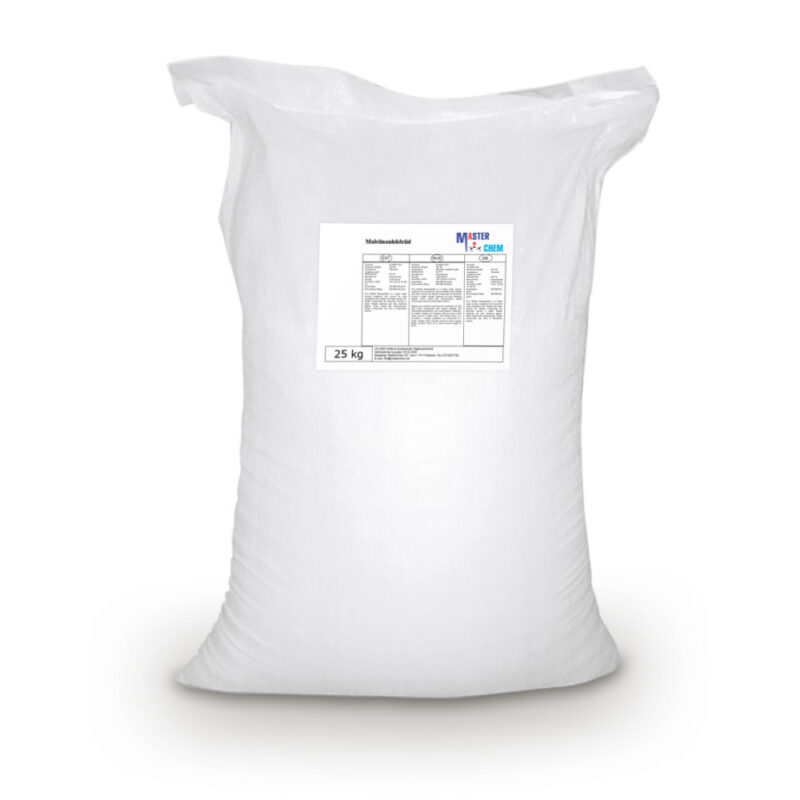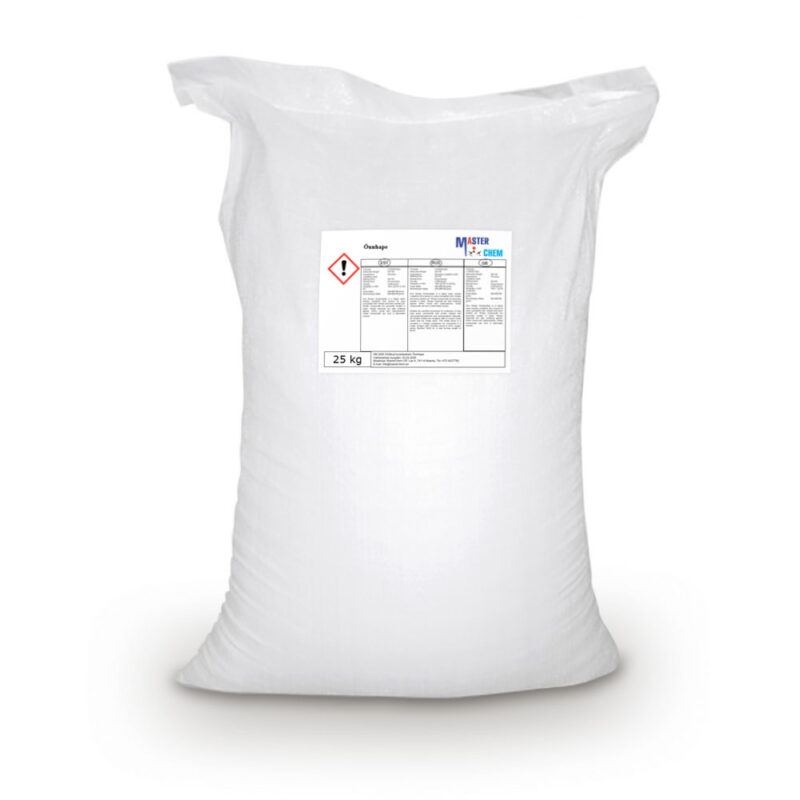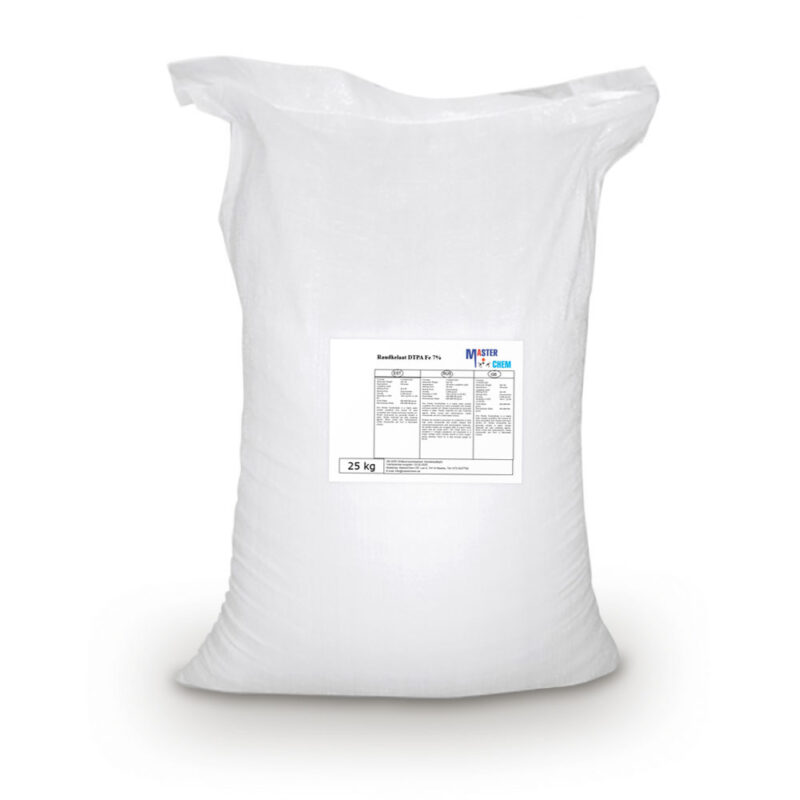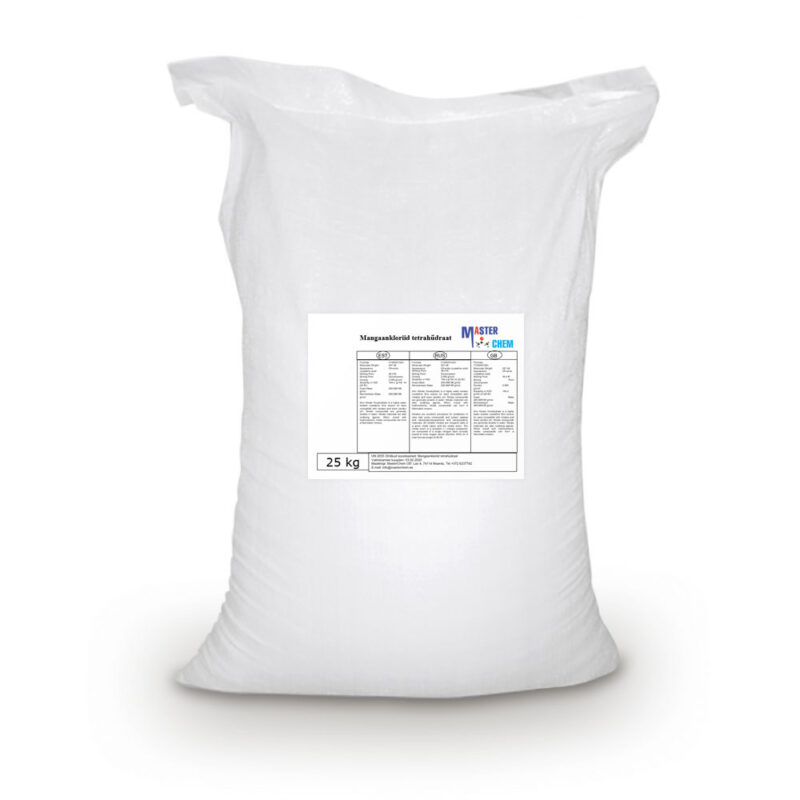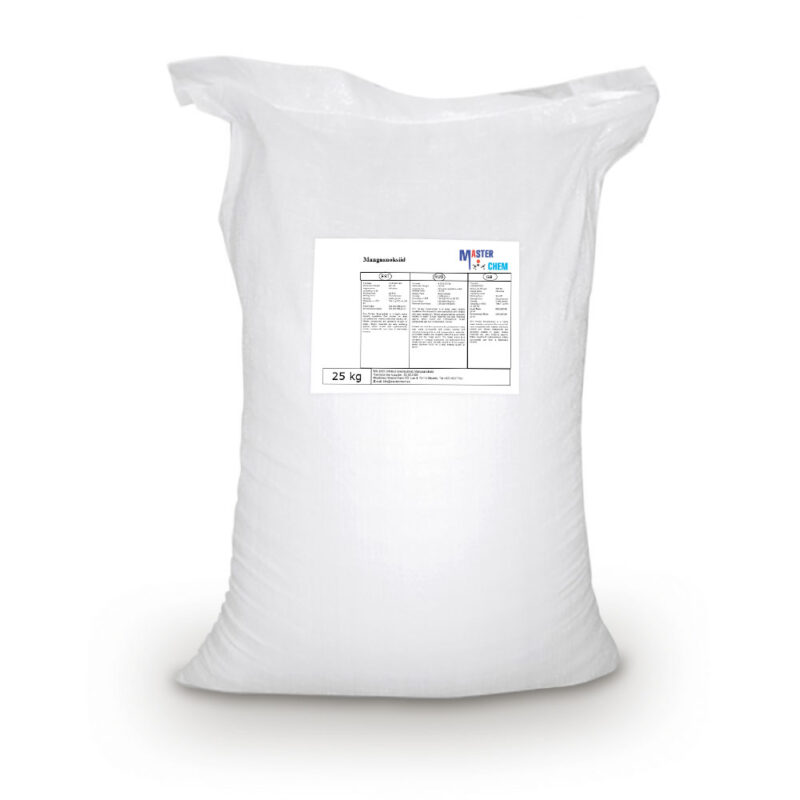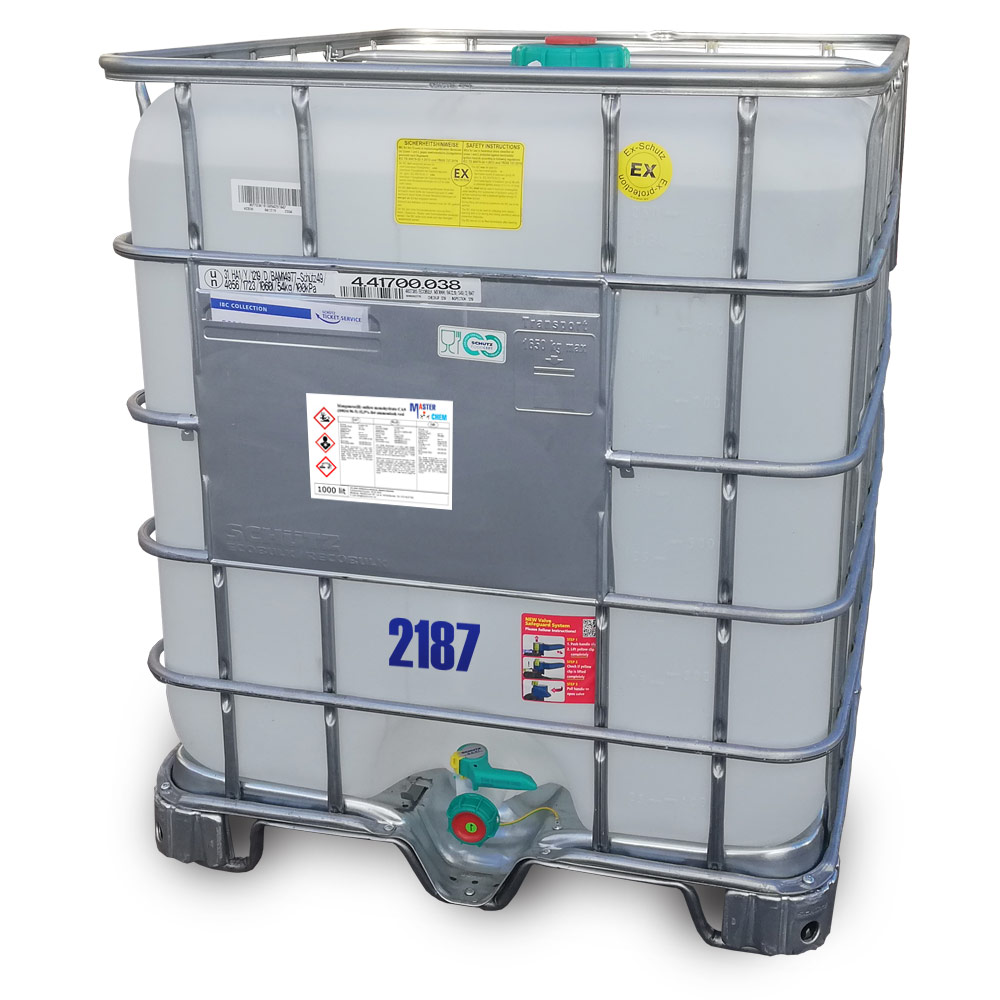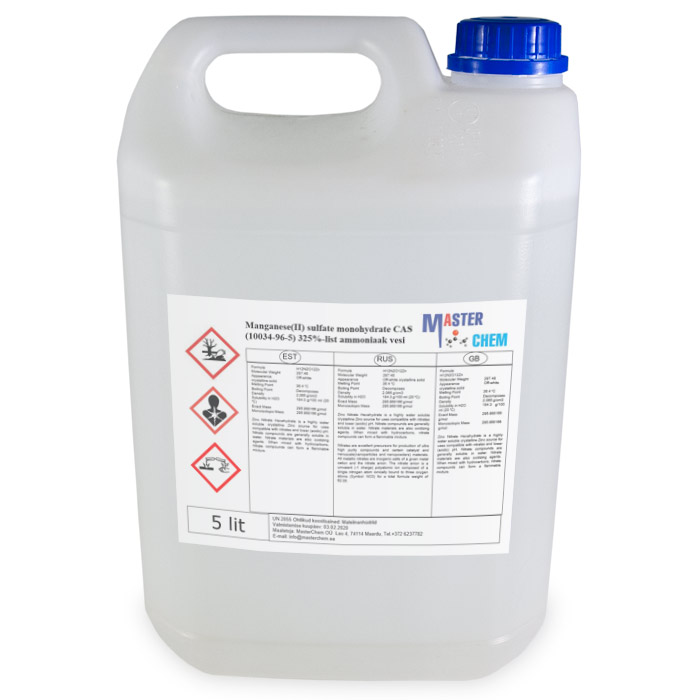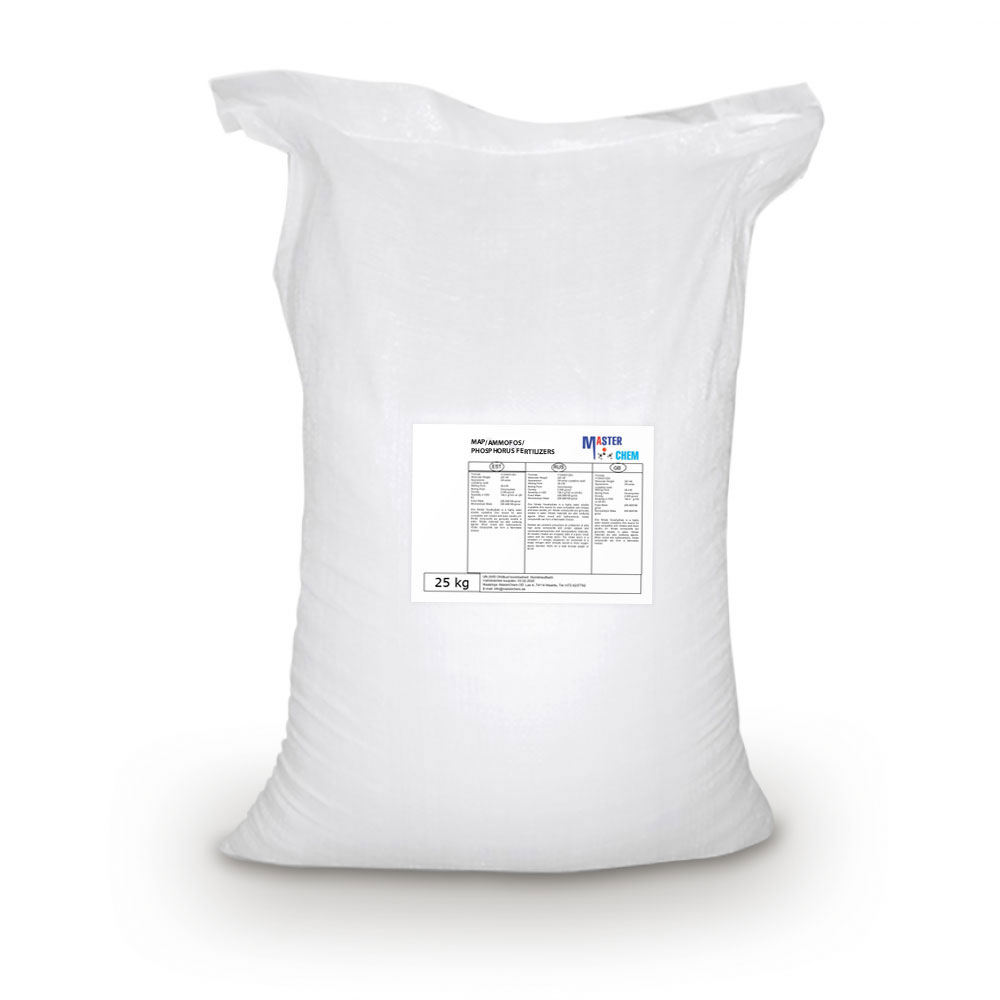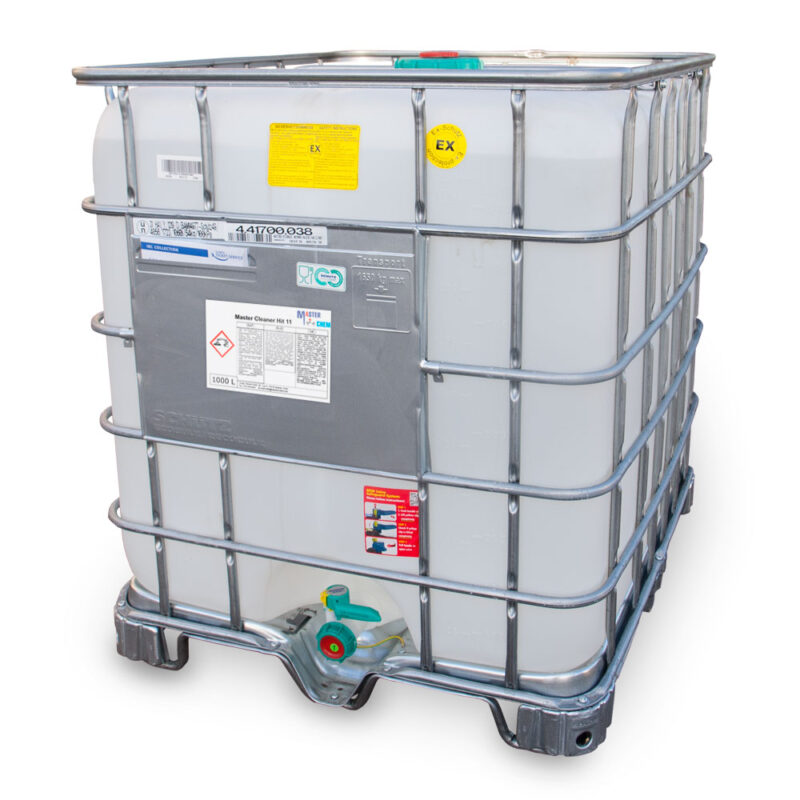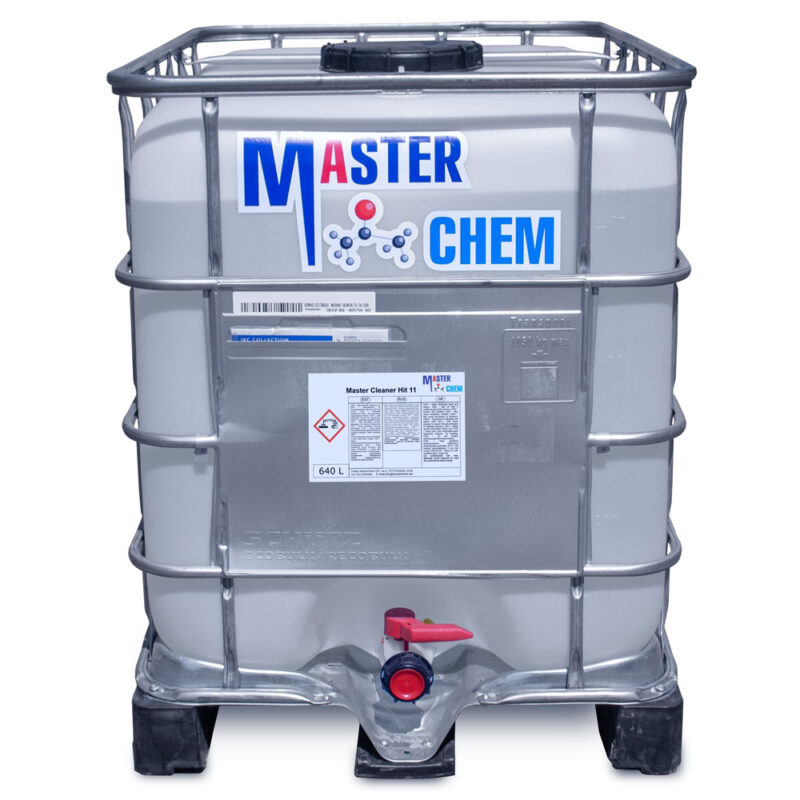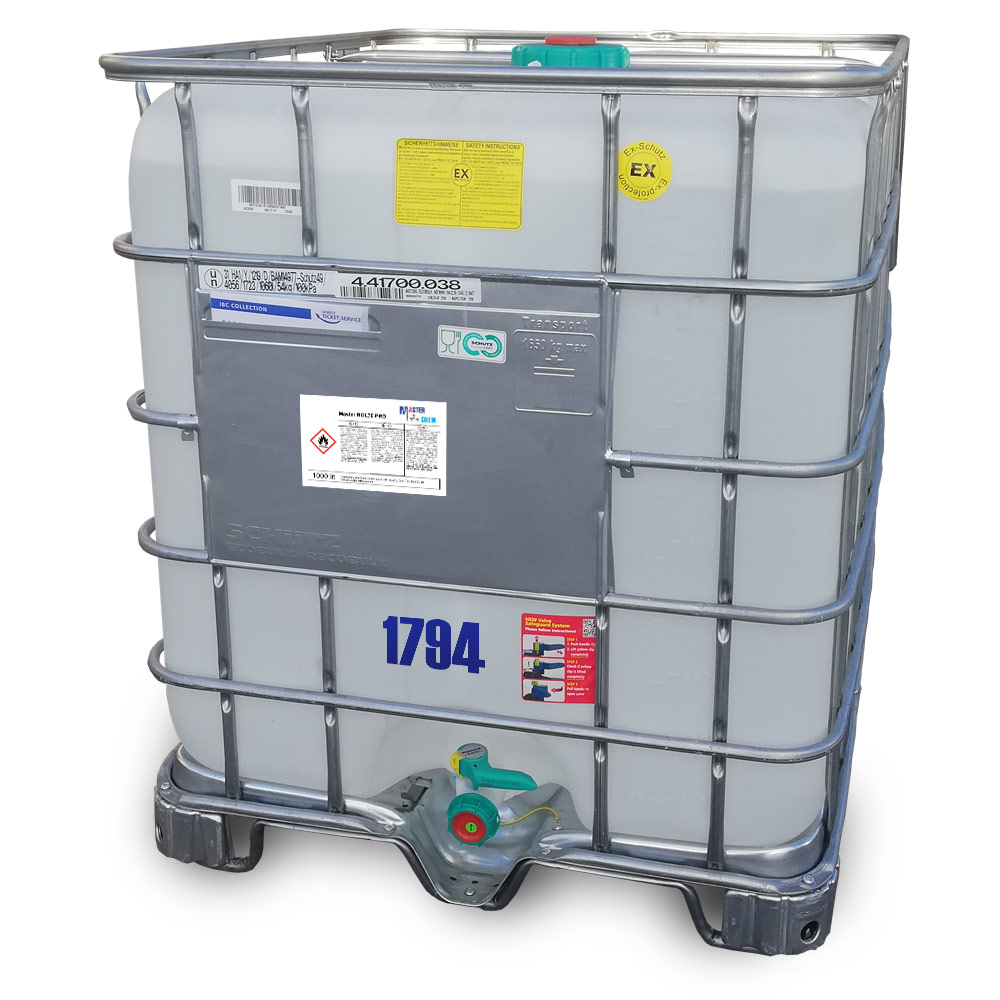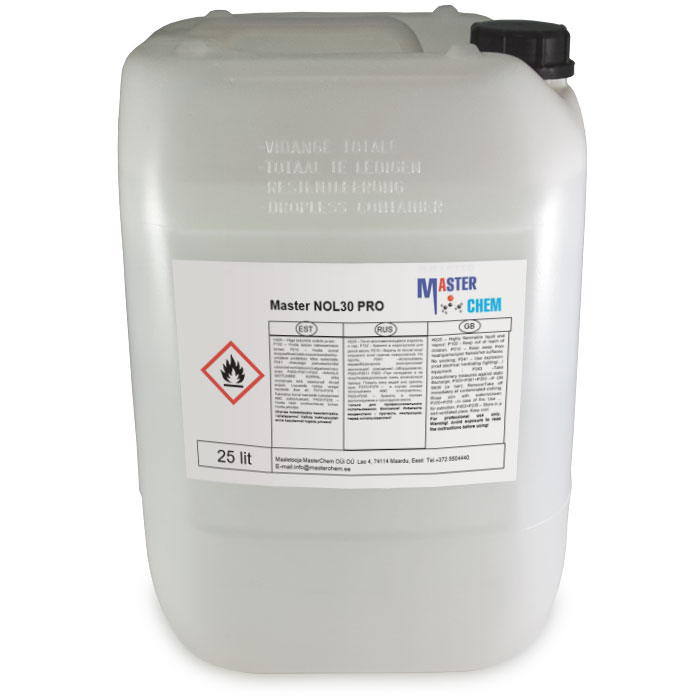Lead oxide (CAS 1317-36-8)
Lead oxide (CAS 1317-36-8)
Lead(II) oxide, also called lead monoxide, is the inorganic compound with the molecular formula PbO. PbO occurs in two polymorphs: litharge having a tetragonal crystal structure, and massicot having an orthorhombic crystal structure. Modern applications for PbO are mostly in lead-based industrial glass and industrial ceramics, including computer components. It is an amphoteric oxide.
The kind of lead in lead glass is normally PbO, and PbO is used extensively in making glass. Depending on the glass, the benefit of using PbO in glass can be one or more of increasing the refractive index of the glass, decreasing the viscosity of the glass, increasing the electrical resistivity of the glass, and increasing the ability of the glass to absorb X-rays. Adding PbO to industrial ceramics (as well as glass) makes the materials more magnetically and electrically inert (by raising their Curie temperature) and it is often used for this purpose. Historically PbO was also used extensively in ceramic glazes for household ceramics, and it is still used, but not extensively any more. Other less dominant applications include the vulcanization of rubber and the production of certain pigments and paints. PbO is used in cathode ray tube glass to block X-ray emission, but mainly in the neck and funnel because it can cause discoloration when used in the faceplate. Strontium oxide and Barium oxide are preferred for the faceplate.
The consumption of lead, and hence the processing of PbO, correlates with the number of automobiles, because it remains the key component of automotive lead–acid batteries.
Light liquid paraffin (CAS 8042-47-5)
Light liquid paraffin (CAS 8042-47-5)
Light Liquid Paraffin Oil Ip is used in the manufacture of Antistatic Coning oil, Knitting oil & other Textile Auxiliaries, Plant Spray Oil, Agrochemicals, Aerosols, Dye Intermediates, Paper Industry; Perfumery, Food Grade Speciality Lubricants, Food Grade Plastics used as a Lubricant Plasticizer, Attars, Flavours & Fragrances, Perfumery Chemicals, Speciality Chemicals, Incenses, Personal Care Products, Leather Chemicals, Fat Liquors, Petrochemical Solvents, etc. It may also be used in the manufacture of Pharmaceuticals and Cosmetic Products like Creams, Lotions, Perfumery Industry, Bulk Drugs & Food Industry etc.
Liquid for fireplaces (bioethanol)
Liquid for fireplaces (bioethanol)
– Safest liquid fuel for indoor bio-ethanol ventless fireplace use. Especially formulated for indoor use, but great for outdoors too
No Emission of Hazardous Fumes or Toxins-Pure Bio-ethanol fuel
Clean Burning, No Soot or Ash
Burn time up to 5 hours, depending upon model of fireplace and burner design.
Liquid geothermal heating systems (ethanol 96%)
Very flammable!
Protect from ignition sources such as hot surfaces, flames, sparks. Do not smoke. Keep the container tightly closed. Use protective equipment-gloves, clothing and goggles. If the substance has gotten into the hair/skin, take off the contaminated clothes immediately and rinse immediately with plenty of running water. Keep in a cool, ventilated place. Dispose of empty packaging / containers in accordance with hazardous waste regulations.
Lithium carbonate (CAS 554-13-2)
Lithium carbonate (CAS 554-13-2)
Lithium carbonate is an inorganic compound, the lithium salt of carbonate with the formula Li2CO3. This white salt is widely used in the processing of metal oxides. It is listed on the World Health Organization’s List of Essential Medicines because it can be used as a treatment for mood disorders such as bipolar disorder.
Lithium carbonate is an important industrial chemical. Its main use is as a precursor for compounds used in lithium-ion batteries. Glasses derived from lithium carbonate are useful in ovenware. Lithium carbonate is a common ingredient in both low-fire and high-fire ceramic glaze. It forms low-melting fluxes with silica and other materials. Its alkaline properties are conducive to changing the state of metal oxide colorants in glaze, particularly red iron oxide (Fe2O3). Cement sets more rapidly when prepared with lithium carbonate, and is useful for tile adhesives. When added to aluminium trifluoride, it forms LiF which gives a superior electrolyte for the processing of aluminium.
Lithium hydroxide monohydrate (CAS 1310-66-3)
Lithium hydroxide monohydrate (CAS 1310-66-3)
Lithium hydroxide is an inorganic compound with the formula LiOH.(H2O)n. Both the anhydrous and hydrated forms are white hygroscopic solids. They are soluble in water and slightly soluble in ethanol. Both are available commercially. While classified as a strong base, lithium hydroxide is the weakest known alkali metal hydroxide.
The preferred feedstock is hard-rock spodumene, where the lithium content is expressed as % lithium oxide.
Magnesium carbonate (CAS 546-93-0)
Magnesium carbonate (CAS 546-93-0)
Magnesium carbonate, Mg CO3 (archaic name magnesia alba), is an inorganic salt that is a white solid. Several hydrated and basic forms of magnesium carbonate also exist as minerals.
The primary use of magnesium carbonate is the production of magnesium oxide by calcining. Magnesite and dolomite minerals are used to produce refractory bricks. MgCO3 is also used in flooring, fireproofing, fire extinguishing compositions, cosmetics, dusting powder, and toothpaste. Other applications are as filler material, smoke suppressant in plastics, a reinforcing agent in neoprene rubber, a drying agent, a laxative to loosen the bowels, and colour retention in foods. In addition, high purity magnesium carbonate is used as an antacid and as an additive in table salt to keep it free flowing. Magnesium carbonate can do this because it doesn’t dissolve in water, only acid, where it will effervesce (bubble).
Magnesium chloride (CAS 7791-18-6)
Magnesium chloride (CAS 7791-18-6)
Magnesium chloride (CAS 7791-18-6)
Magnesium chloride is the name for the chemical compound with the formula MgCl2 and its various hydrates MgCl2(H2O)x. Anhydrous MgCl2 contains 25.5% elemental magnesium by mass. These salts are typical ionic halides, being highly soluble in water. The hydrated magnesium chloride can be extracted from brine or sea water. In North America, magnesium chloride is produced primarily from Great Salt Lake brine. It is extracted in a similar process from the Dead Sea in the Jordan Valley. Magnesium chloride, as the natural mineral bischofite, is also extracted (by solution mining) out of ancient seabeds, for example, the Zechstein seabed in northwest Europe. Some magnesium chloride is made from solar evaporation of seawater. Anhydrous magnesium chloride is the principal precursor to magnesium metal, which is produced on a large scale. Hydrated magnesium chloride is the form most readily available.
Magnesium lactate (CAS 18917-93-6)
Magnesium lactate (CAS 18917-93-6)
Magnesium lactate, the magnesium salt of lactic acid, is a mineral supplement. Added to some food and beverages as an acidity regulator and labeled as E329.
Magnesium nitrate (CAS 13446-18-9)
Magnesium nitrate (CAS 13446-18-9)
Magnesium nitrate refers to inorganic compounds with the formula Mg(NO3)2(H2O)x, where x = 6, 2, and 0. All are white solids. The anhydrous material is hygroscopic, quickly forming the hexahydrate upon standing in air. All of the salts are very soluble in both water and ethanol.
Magnesium oxide (CAS 1309-48-4)
Magnesium oxide (CAS 1309-48-4)
Magnesium oxide (MgO), or magnesia, is a white hygroscopic solid mineral that occurs naturally as periclase and is a source of magnesium (see also oxide). It has an empirical formula of MgO and consists of a lattice of Mg2+ ions and O2− ions held together by ionic bonding. Magnesium hydroxide forms in the presence of water (MgO + H2O → Mg(OH)2), but it can be reversed by heating it to remove moisture.
Magnesium oxide was historically known as magnesia alba (literally, the white mineral from Magnesia – other sources give magnesia alba as MgCO3), to differentiate it from magnesia negra, a black mineral containing what is now known as manganese.
While “magnesium oxide” normally refers to MgO, magnesium peroxide MgO2 is also known as a compound. According to evolutionary crystal structure prediction, MgO2 is thermodynamically stable at pressures above 116 GPa (gigapascals), and a semiconducting suboxide Mg3O2 is thermodynamically stable above 500 GPa. Because of its stability, MgO is used as a model system for investigating vibrational properties of crystals.
Magnesium Sulfate Anhydrate (CAS 7487-88-9)
Magnesium Sulfate Anhydrate (CAS 7487-88-9)
Magnesium sulfate or magnesium sulphate (in British English) is a chemical compound, a salt with the formula MgSO4, consisting of magnesium cations Mg2+ (20.19% by mass) and sulfate anions SO2−4. It is a white crystalline solid, soluble in water but not in ethanol.
Magnesium sulfate is usually encountered in the form of a hydrate MgSO4·nH2O, for various values of n between 1 and 11. The most common is the heptahydrate MgSO4·7H2O, known as Epsom salt, which is a household chemical with many traditional uses, including bath salts.
The main use of magnesium sulfate is in agriculture, to correct soils deficient in magnesium (an essential plant nutrient because of the role of magnesium in chlorophyll and photosynthesis). The monohydrate is favored for this use; by the mid 1970s, its production was 2.3 million tons per year. The anhydrous form and several hydrates occur in nature as minerals, and the salt is a significant component of the water from some springs.
Magnesium Sulfate Monohydrate (CAS 14168-73-1)
Magnesium Sulfate Monohydrate (CAS 14168-73-1)
Magnesium sulfate or magnesium sulphate (in British English) is a chemical compound, a salt with the formula MgSO4, consisting of magnesium cations Mg2+ (20.19% by mass) and sulfate anions SO2−4. It is a white crystalline solid, soluble in water but not in ethanol.
Magnesium sulfate is usually encountered in the form of a hydrate MgSO4·nH2O, for various values of n between 1 and 11. The most common is the heptahydrate MgSO4·7H2O, known as Epsom salt, which is a household chemical with many traditional uses, including bath salts.
The main use of magnesium sulfate is in agriculture, to correct soils deficient in magnesium (an essential plant nutrient because of the role of magnesium in chlorophyll and photosynthesis). The monohydrate is favored for this use; by the mid 1970s, its production was 2.3 million tons per year. The anhydrous form and several hydrates occur in nature as minerals, and the salt is a significant component of the water from some springs.
Magnesium Sulphate Heptahydrate (CAS 10034-99-8)
Magnesium Sulphate Heptahydrate (CAS 10034-99-8)
Magnesium sulfate or magnesium sulphate (in British English) is a chemical compound, a salt with the formula MgSO4, consisting of magnesium cations Mg2+ (20.19% by mass) and sulfate anions SO2−4. It is a white crystalline solid, soluble in water but not in ethanol.
Magnesium sulfate is usually encountered in the form of a hydrate MgSO4·nH2O, for various values of n between 1 and 11. The most common is the heptahydrate MgSO4·7H2O, known as Epsom salt, which is a household chemical with many traditional uses, including bath salts.
The main use of magnesium sulfate is in agriculture, to correct soils deficient in magnesium (an essential plant nutrient because of the role of magnesium in chlorophyll and photosynthesis). The monohydrate is favored for this use; by the mid 1970s, its production was 2.3 million tons per year. The anhydrous form and several hydrates occur in nature as minerals, and the salt is a significant component of the water from some springs.
Maleic anhydrate (CAS 108-31-6)
Maleic anhydrate (CAS 108-31-6)
Maleic anhydride is an organic compound with the formula C2H2(CO)2O. It is the acid anhydride of maleic acid. It is a colorless or white solid with an acrid odor. It is produced industrially on a large scale for applications in coatings and polymers.
Maleic anhydride is produced by vapor-phase oxidation of n-butane. The overall process converts the methyl groups to carboxylate and dehydrogenates the backbone. The selectivity of the process reflects the robustness of maleic anhydride, with its conjugated double-bond system. Traditionally maleic anhydride was produced by the oxidation of benzene or other aromatic compounds. As of 2006, only a few smaller plants continue to use benzene.
Malic acid (CAS 6915-15-7)
Malic acid (CAS 6915-15-7)
Malic acid is an organic compound with the molecular formula C4H6O5. It is a dicarboxylic acid that is made by all living organisms, contributes to the sour taste of fruits, and is used as a food additive. Malic acid has two stereoisomeric forms (L- and D-enantiomers), though only the L-isomer exists naturally. The salts and esters of malic acid are known as malates. The malate anion is an intermediate in the citric acid cycle.
Manganese chelate EDT 13% (CAS 15375-84-5)
Manganese chelate EDT 13% (CAS 15375-84-5)
Ethylenediaminetetraacetic acid manganese disodium salt hydrate is a metal chelating compound. Cobalt was analysed complexometrically using ethylenediaminetetra-acetic acid (EDTA) by masking aluminum. Previous studies of manganese-EDTA and manganese-EGT-1 complexes indicated that the &-nitrogen coordination of EDTA resulted in a highly anisotropic spectrum for Mn(II). Lipophilic derivatives of manganese EDTA chelates when incorporated into liposomes confer the greatest hepatic enhancement per micromole of metal ion and have favorable clearance kinetics.
Manganese chloride tetrahydrate (CAS 13446-34-9)
Manganese chloride tetrahydrate (CAS 13446-34-9)
Manganese(II) chloride is the dichloride salt of manganese, MnCl2. This inorganic chemical exists in the anhydrous form, as well as the dihydrate (MnCl2·2H2O) and tetrahydrate (MnCl2·4H2O), with the tetrahydrate being the most common form. Like many Mn(II) species, these salts are pink, with the paleness of the color being characteristic of transition metal complexes with high spin d5 configurations. It is a paramagnetic salt.
Manganese chloride is mainly used in the production of dry cell batteries. It is the precursor to the antiknock compound methylcyclopentadienyl manganese tricarbonyl.
Manganese oxide (CAS 1344-43-0)
Manganese oxide (CAS 1344-43-0)
Manganese(II) oxide is an inorganic compound with chemical formula MnO. It forms green crystals. The compound is produced on a large scale as a component of fertilizers and food additives.
Together with manganese sulfate, MnO is a component of fertilizers and food additives. Many thousands of tons are consumed annually for this purpose. Other uses include: a catalyst in the manufacture of allyl alcohol, ceramics, paints, colored glass, bleaching tallow and textile printing.
Manganese Sulphate (CAS 100034-96-5)
Manganese Sulphate (CAS 100034-96-5)
Manganese sulfate monohydrate is used to produce manganese by an electrolytic process. The compound is used for dyeing textiles; for producing red glazes on porcelain; in varnish driers; in fertilizers; and in animal feeds to provide manganese as an essential trace element.
Manganese(II) sulfate monohydrate CAS (10034-96-5) 32,5% ammonia water
Hazard Statement(s) H318: Causes serious eye damage.
H373: May cause damage to organs through prolonged or repeated exposure if inhaled.
H411: Toxic to aquatic life with long lasting effects.
Precautionary Statement(s) P260: Do not breathe dust.
P273: Avoid release to the environment.
P280: Wear eye protection/ face protection.
P305 + P351 + P338: IF IN EYES: Rinse cautiously with water for several minutes. Remove contact lenses, if present and easy to do. Continue rinsing.
P314: Get medical advice/ attention if you feel unwell.
P391: Collect spillage.
MAP/Аmmofos/phosphorus fertilizers (CAS 7722-76-1)
MAP/Аmmofos/phosphorus fertilizers (CAS 7722-76-1)
A granular fertilizer providing open-access phosphorus and low nitrogen to agricultural plants. It is an excellent starter fertilizer applied during sowing (planting). Temperature decrease provides the necessary phosphorus nutrition of plants. It provides temporary acidification ofthe soil around the granule, thus demonstrating some advantages on neutral and alkaline soils.
Master Cleaner Hit 11
Concentrate of universal cleaning agent with alkaline properties on water base.
Master Cleaner Hit 11 MasterChem -.is a concentrated universal cleaning agent with alkaline properties based on water. (pH concentrate 12). Easily removes oil, fat contamination, traces of scotch, paint, markers… It can be used on various surfaces, but when working with non-ferrous metals, care should be taken!
Has extreme cleaning and degreasing properties, allowing saving up to 70% of the time.
Creates an antistatic effect can be used in steam generators and hot mist plants cleans deep and fast – saves up to 70% of the usually spent time easily removes any contaminants, including oil, from various surfaces removes unpleasant smells safe for leather and clothing does not contain phosphates, biodegradable, non-combustible, non-volatile cost-effective to use Recommended temperature in the working solution 30-60 ° C. – when the temperature rises efficiency product is increased
Master NOL30 PRO geothermal heating fluid
Master NOL30 PRO is the high quality solution for filling geothermal heating systems
Description:
Master NOL30 PRO is a ready-made product for filling earth heating circuits from MasterChem specialists. This product is based on a 30% denatured ethanol solution for heat pumps. Ethyl alcohol is an environmentally friendly product, therefore it is especially recommended for heating systems of houses and apartments. It contains all the necessary additives for long-term operation of the heating system.
On our site you will also find Master NOL30 – this is a standard cheaper product that is used by those for whom the cost of the product is primarily important.

